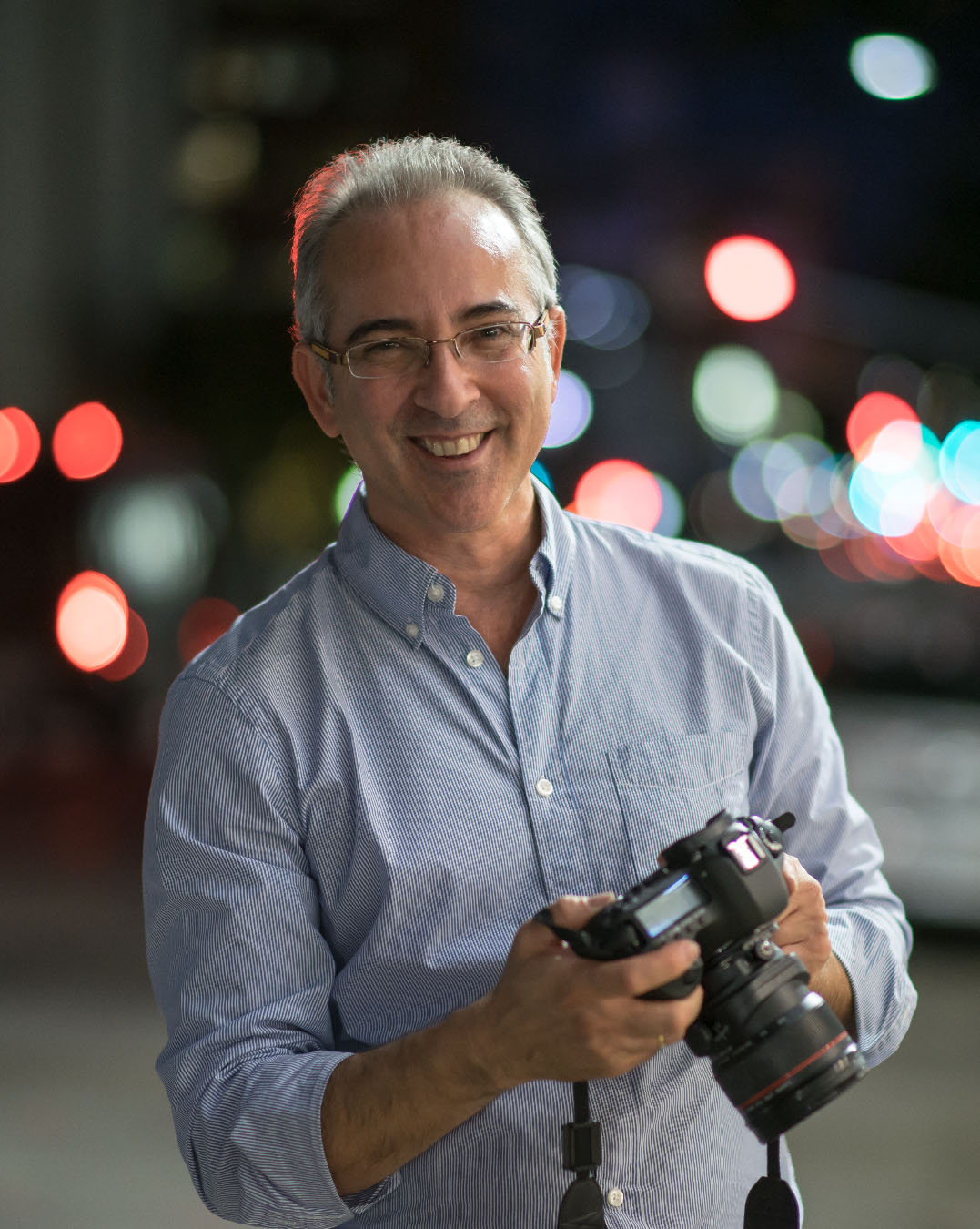
Wayne Chasan/ Success Interview
What's in Wayne Chasan's Camera Bag:
Canon Eos Camera Bodies: 5DS, 5D Mark II, 6D
Canon EF LENSES: 11-24/4.0 L USM, 16-35 F/4 L IS USM, 17mm TSE F/4 L, 24mm TSE F/3.5 L II , EF 45mm TSE, 24-70 F/2.8 L USM, 70-200 F2.8 L IS USM
Filters: B+W slim circular polarizer Kasenab HTC MRC, Fotodiox Wide Angle Lens Adapters for Canon 17mm & 11-24mm with Multi Coated Slim Circular Polarizers
Other: Camranger, Dinkum Lens Shades, Cable releases, Ipad, 15" MacPro, vrs accessories.
Camera Case: Think Tank Photo Airport Roller
Tripods: Manfrotto 475b, Manfrotto Carbon Fibre 055MF4, Manfrotto 410 geared heads
Battery operated Strobe Kits (if/as needed):Rolling soft Pelican case with 3 Godox AD200 PRO and accessories, Rolling hard Pelican case with 2 Godox Safari II 600w strobes & accessories, Bags of light stands, softboxes and accessories
His vision has always been to enhance the beauty of any location or moment. He is always striving to imbue magic and emotion into his photographs, yet somehow in an honest and natural way. This process comes from his eye and heart and is complemented by decades of experience; it´s how he achieve an eye-catching two-dimensional representation that successfully communicates a four-dimensional scenario to the viewer. He says half-jokingly that he lives, eat and breathe photography. He likes food too though.
All his life He has been involved in the arts; He apprenticed in video at 14, worked in special effects in high school and next with a film director until He moved to Spain at 19 to photograph it’s culture and beauty. He comes from generations of architects, and as a kid Wayne experienced the alchemy of B&W developing in his father improvised darkrooms… so Wayne guesses it shouldn’t be surprising that he quickly morphed into an architectural photographer in a booming resort area.
Wayne also has a passion for sharing his knowledge and experience with others; He has taught Photography Basics in classes and seminars, created courses on “Digital Photography applied to the Real Estate Sector” for Re/Max, and “How to be a Professional Photographer and Survive in the Process” for Photography Associations. Wayne serves as external consultant in charge of mentoring the in-house architectural photographers for a worldwide institution. His aim is to bring some of this online for 2021, so if interested please follow his IG for updates… in the meantime you can listen to his Gina Milicia podcast “How to Photograph Interiors and Architecture with Special Guest Wayne Chasan”
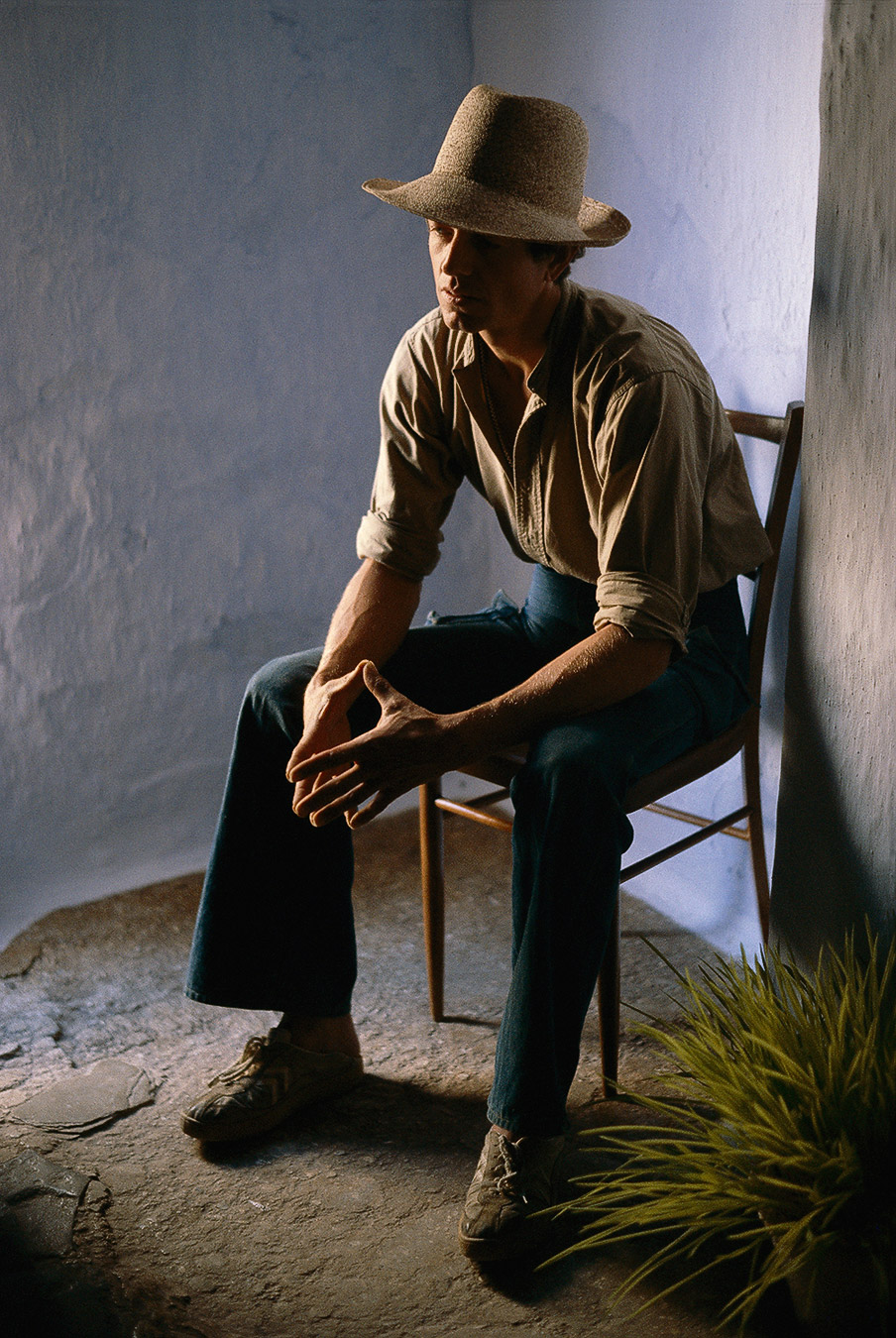
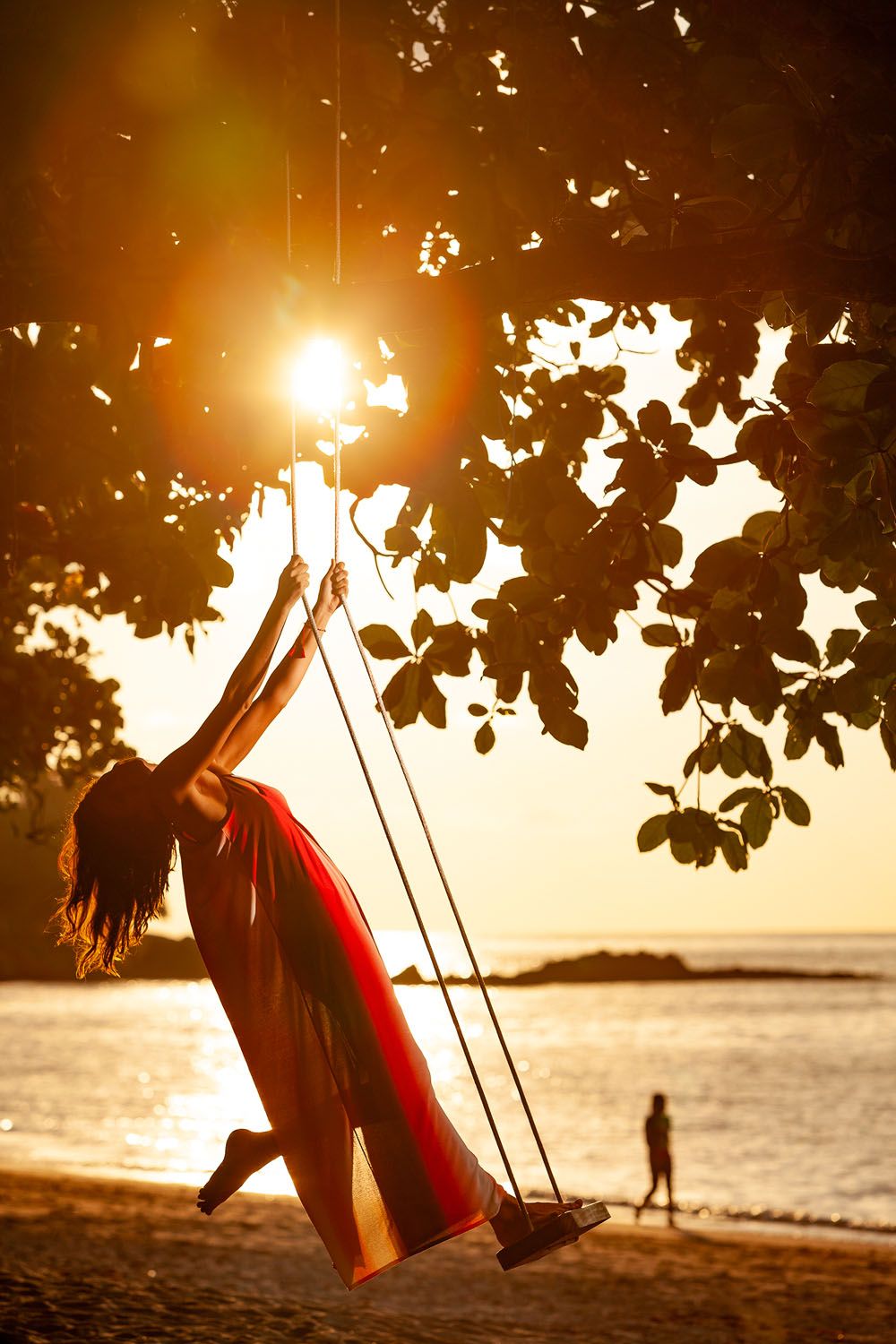
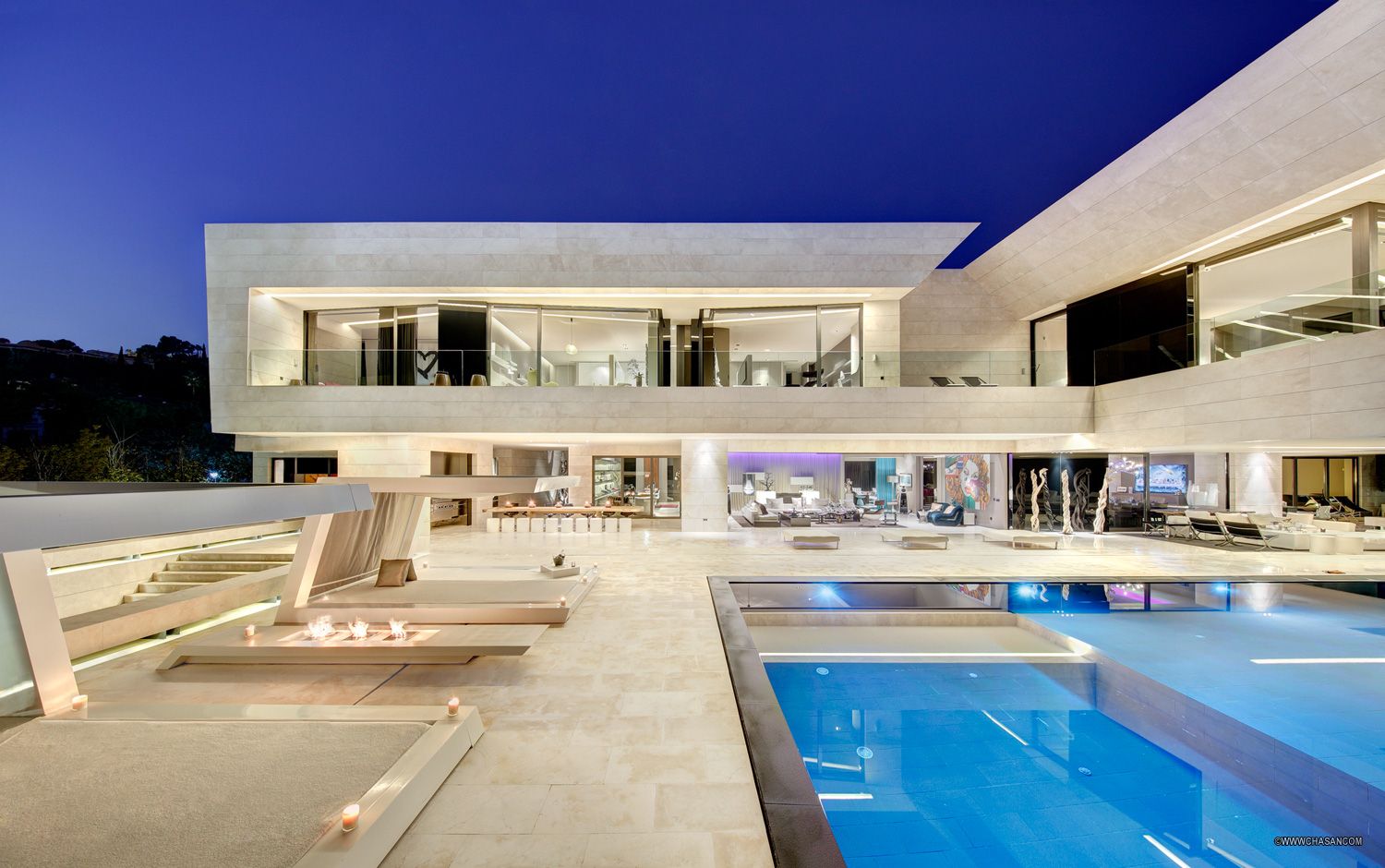
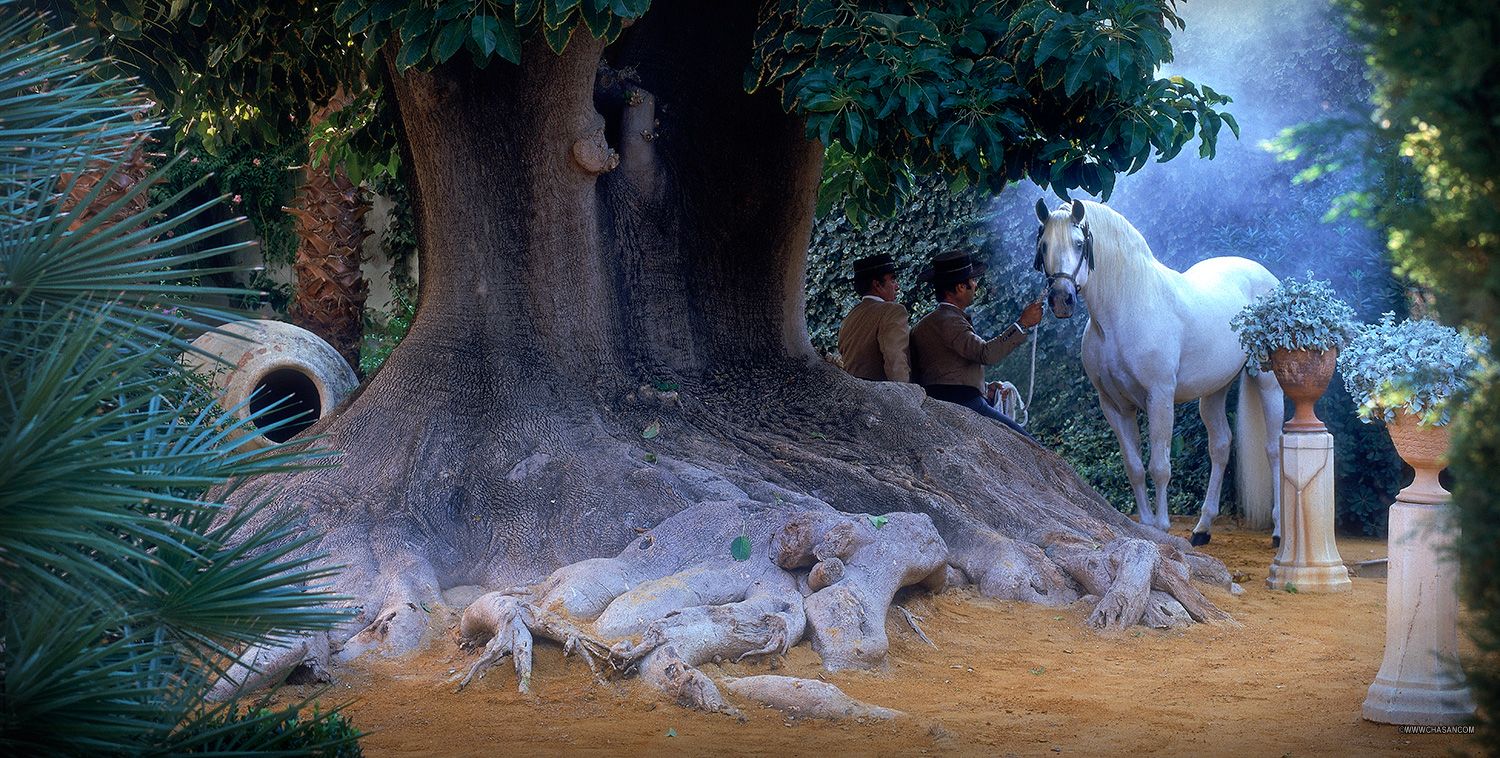
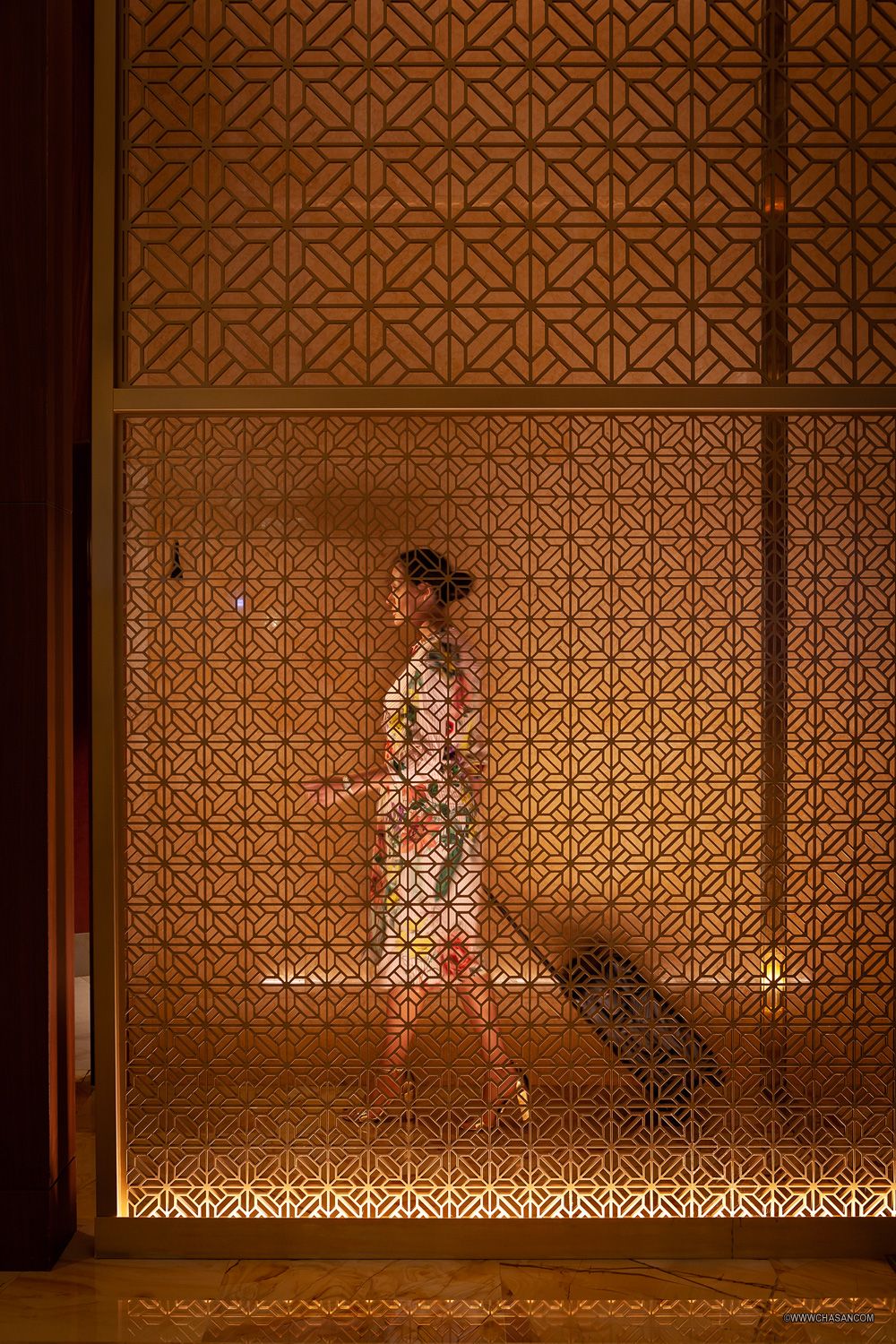
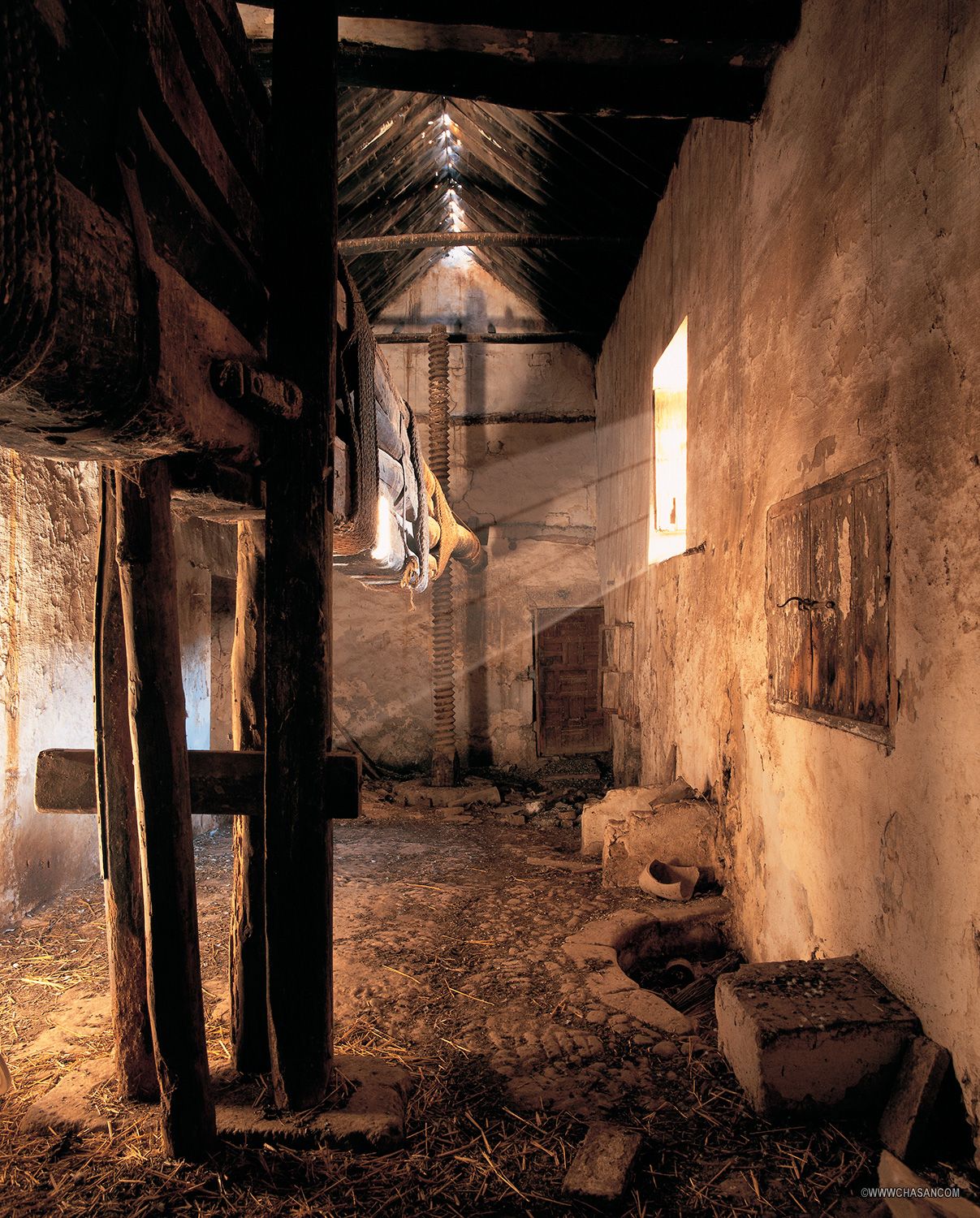
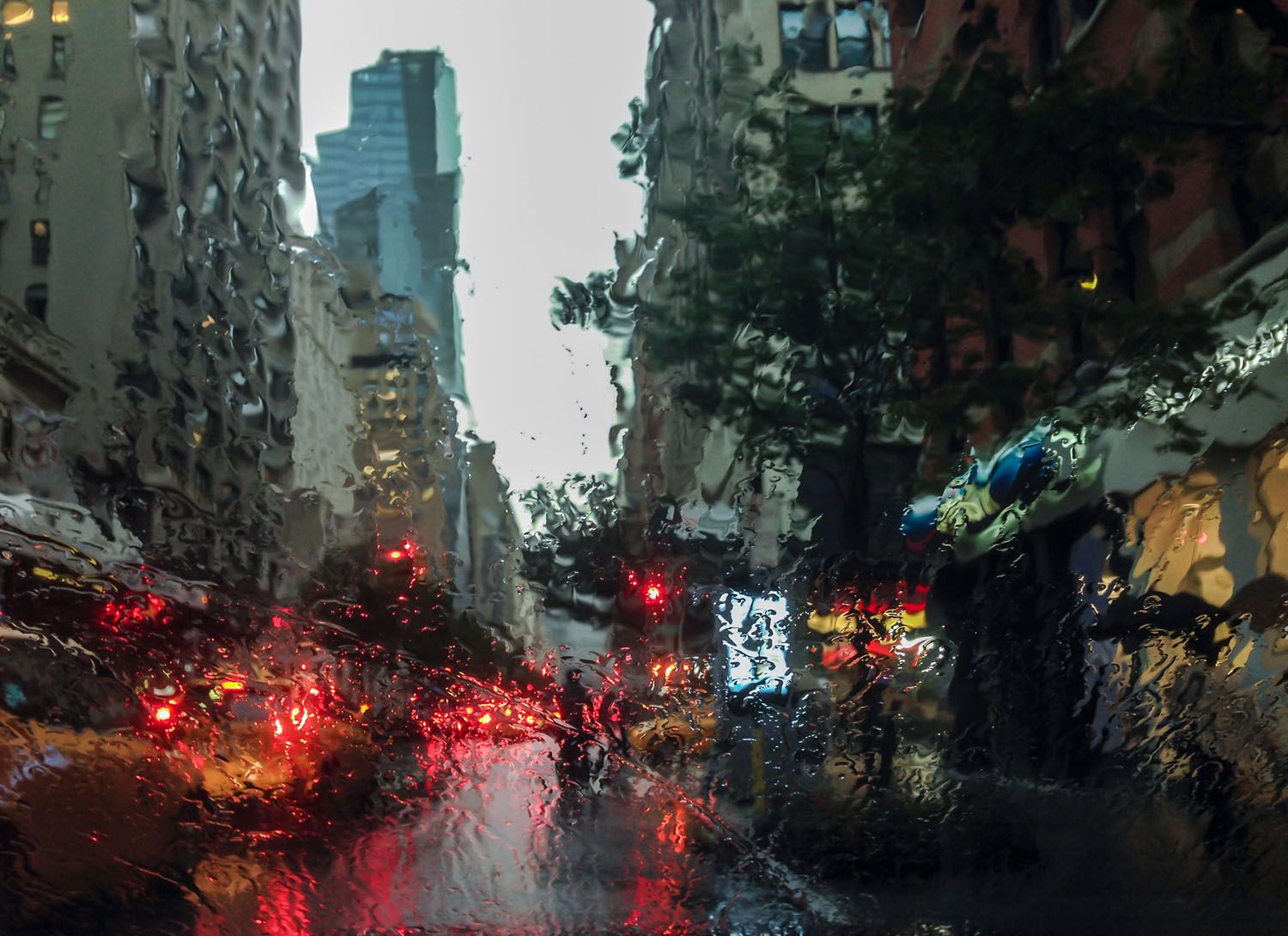
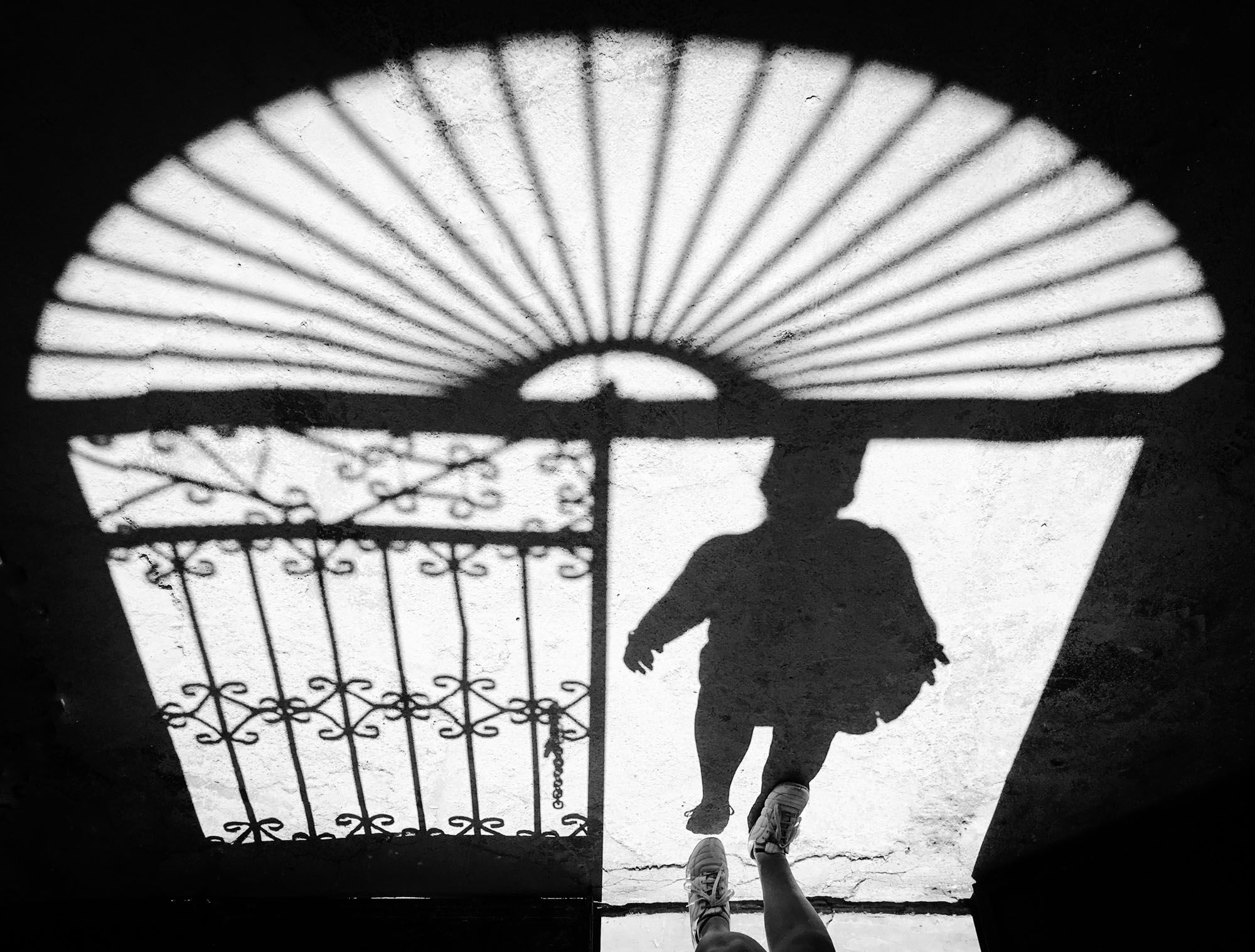
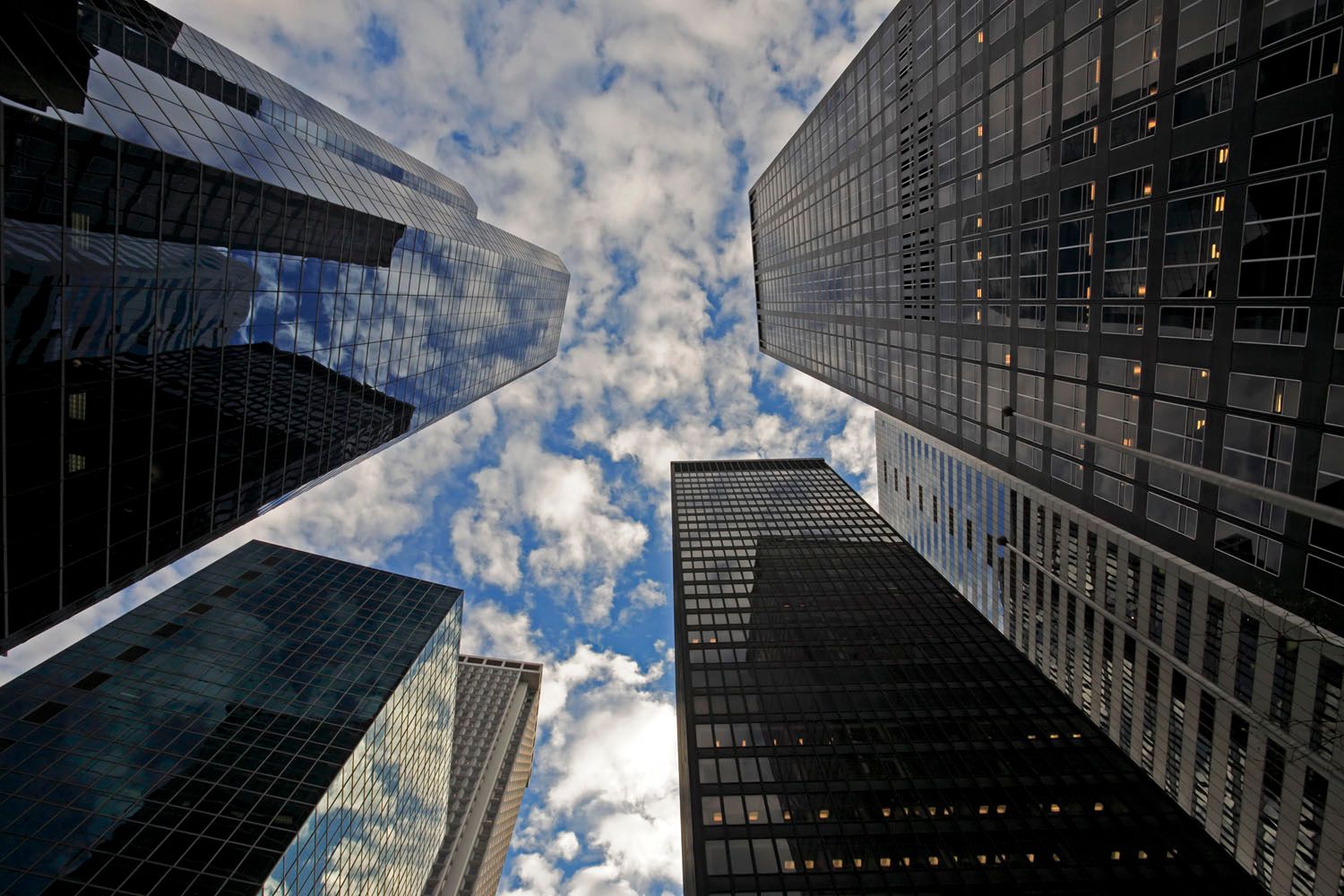
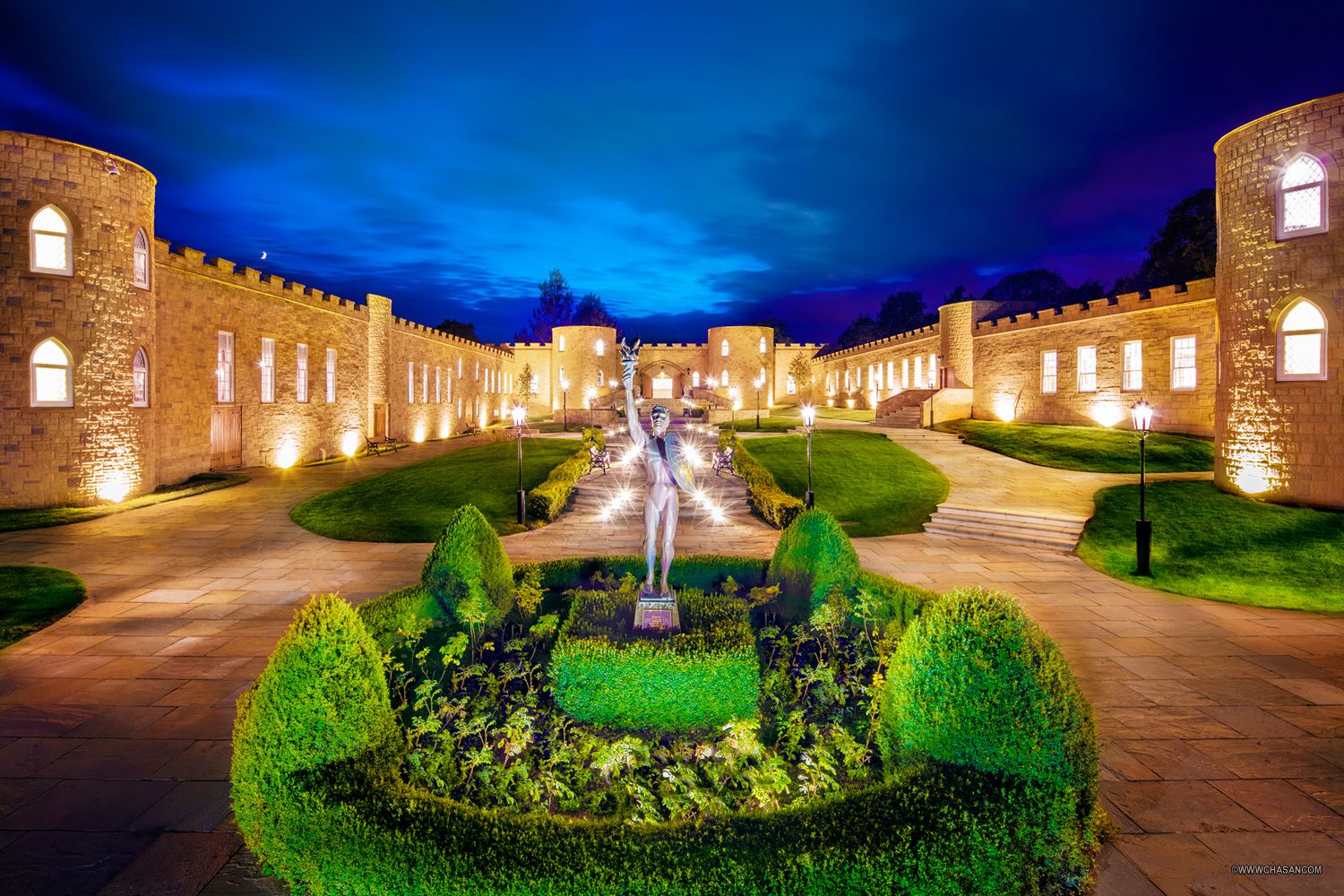
What inspired you to become a photographer?
The main thing that inspired me was my re-encounter with Spain; we had lived there from when I was 6 to 10 years old. When I first returned there during it’s transition to democracy I was 16 years old, and while only six years had gone by, for me it seemed like a lifetime. Friends lent me cameras and rolls of film with which I started to capture those “living memories” from my childhood that I was now reencountering: cobblestone streets, ancient women swathed in black, timeless customs... I have always had a deep connection with Spain and even at the time intuitively I knew I was capturing something that needed to be preserved. To this day I still have some of those shots from before I owned a camera on my website.
Of course they were other inspirations as well, I was living on the boardwalk in Sausalito with amazing views of the San Francisco Bay area… I always said if neither of those sceneries inspire someone to pick up a camera, then they’re obviously not a meant to be a photographer! In the end I left my job there in the film industry to move to Spain and follow my photographer’s heart, but almost immediately discovered I had an eye for architectural photography and wound up in a booming resort town (it must be in the genes, I come from a long line of architects with a passion for photography).
Tell us about your first photo that really validated your interest as a photographer.
There are several but there is one that stands out above all the rest. Again, before I even owned my own camera, I took a picture of my stepfather sitting on a rustic chair in the doorway of an ancient Spanish home with whitewashed walls. The composition and the lighting are such that it looks more like a painting and I believe that is an essential part of my vision and style. Don’t ask me how or why because I never had any formal art training, but the most frequent comment is that my images are quite painterly despite being photographs. In fact people have often asked me if they could paint my images.
What do you enjoy photographing the most?
As mentioned I started off with an incredible passion for capturing the essence of the Spain, but the beauty of the San Francisco Bay area and especially twilight imagery of Sausalito also enraptured me. I also was fascinated with reflections, double exposures and other experimental photographs. The interesting thing is that around then I found an undeveloped roll of film I must’ve shot years before as a kid visiting Sausalito, because when I developed it, it was exactly the same kind of images that attracted me then… and in fact, still attracts me to this very day.
Aside from my commercial assignments, which I almost always find very exciting, I personally have always been addicted to twilight, reflections and trees. I think what I enjoy the most of all is wandering and finding the beauty, the surreal, my vision in whatever is before me. These last years of heavy duty international assignments I have become passionate about street photography, straight or abstract, Iphone or Canon, and capturing time-lapses of clouds or from airplane windows just fascinates me.
